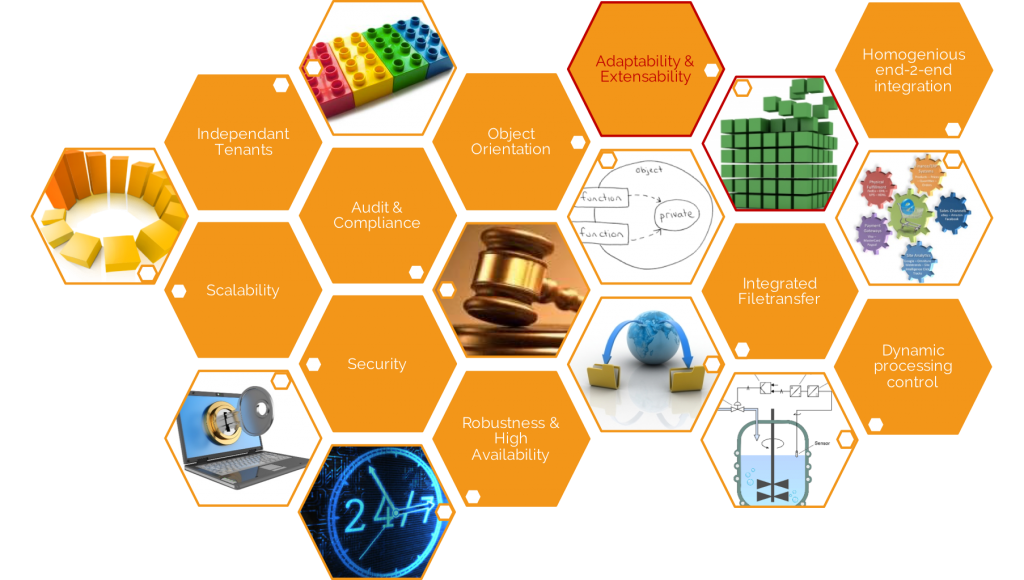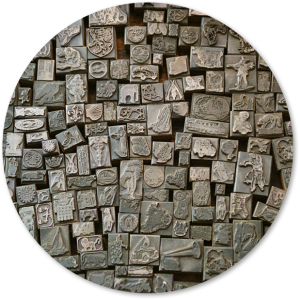Automation Adaptability & Extensibility

Infograph: Automation - Adaptability and Extensability
This post is part of the "Automation-Orchestration" architecture series. Posts of this series together comprise a whitepaper on Automation and Orchestration for Innovative IT-aaS Architectures.
Today’s Automation solutions normally are ready-built enterprise products (or a consumable service) offering out-of-the-box functionality for multiple automation, orchestration, and integration scenarios. On top of this, ease of installation, implementation, and use would be of importance.
However, in less than 20% of cases, the automation platform remains unchanged for the first six months. This is why it’s crucial that from the beginning, the selected solution has the ability to extend and adapt in order to serve business needs. The architecture should be able to leverage technologies for hot plugging integrations and industry-standard interfaces while augmenting standard functionality through dynamic data exchange.
Hot plug-in of new integrations
Once basic automation workflows for an IT landscape are implemented, avoiding downtime is critical. While some automation solutions may offer fast and flexible production updates, the expectation on top of that is to be able to integrate new system and application adapters on the fly.
The first step to this level of integration can be achieved by rigorously complying with the SOLID object orientation principles discussed in the last chapter. Integrating adapters to new system or application endpoints, infrastructure management layers (like hypervisors), or middleware components is then a matter of adding new objects to the automation library. Existing workloads can be seamlessly delegated to these new entities, avoiding the need to stop any runtime entities or updating or upgrading any of the system’s components.
Hot-plugging, however, isn’t the main factor in assessing an automation solution’s enterprise readiness. In addition to being able to plug new adapters into the landscape, a truly expandable automation solution must be able to build new adapters as well. The automation solution should offer a framework, which enables system architects and software developers to create their own integration solutions based on the patterns the automation solution encompasses.
Such a framework allows for the creation of integration logic based on existing objects and interfaces, self-defined user interface elements specific to the solution’s out-of-the-box templates. Extensions to such a framework include a package-manager enabling third party solutions to be deployed in a user-friendly way. It must also take into account any dependencies and solution versions and a framework IDE enabling developers to leverage the development environment to which they are accustomed (e.g. Eclipse and Eclipse plugins).
Herewith, plugging new integrations into an automation solution can expand the automation platform by leveraging a community-based ecosystem of 3rd party extensions.
Leverage industry standards
Hot plugging all-new automation integration packages to adapt and expand your automation platform might not always be the strategy of choice.
In a service-based IT-architecture, many applications and management layers can be integrated using APIs. This means that an automation solution needs to leverage standards to interface with external resources prior to forcing you into development effort for add-ons.
The automation layer needs to have the ability to integrate remote functionality through common shell-script extensions like PowerShell (for Microsoft-based landscapes), JMS (Java Message Service API for middleware integration), REST (based on standard data formats like XML and JSON), and maybe (with decreasing importance) SOAP.
Dynamic data validation & exchange
Part of the adaptability and extensibility requirement is for the product of choice to be able to process and integrate the results of the resources previously discussed into existing object instances (as dynamic input data to existing workflows) without having to develop customized wrappers or additional interpreters.
This can be achieved through either variable objects – their values being changeable through integration like DB queries or Web Services results – or through prompts that allow to set variable values through a user input query.
To be truly extensible and adaptable, an automation solution should not only offer manual prompts but it should be able to automatically integrate and present those prompts within external systems. The solution should be responsible for automating and orchestrating IT resources while other systems – a service catalogue or request management application – handles IT resource demand and approval.
Together, all of the above forms the framework of an automation solution that can be extended and adapted specifically to the needs of the business leveraging it.




